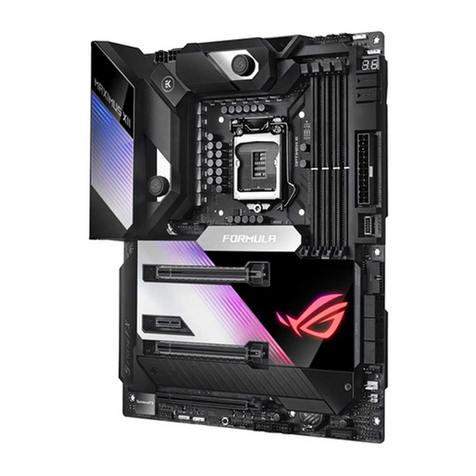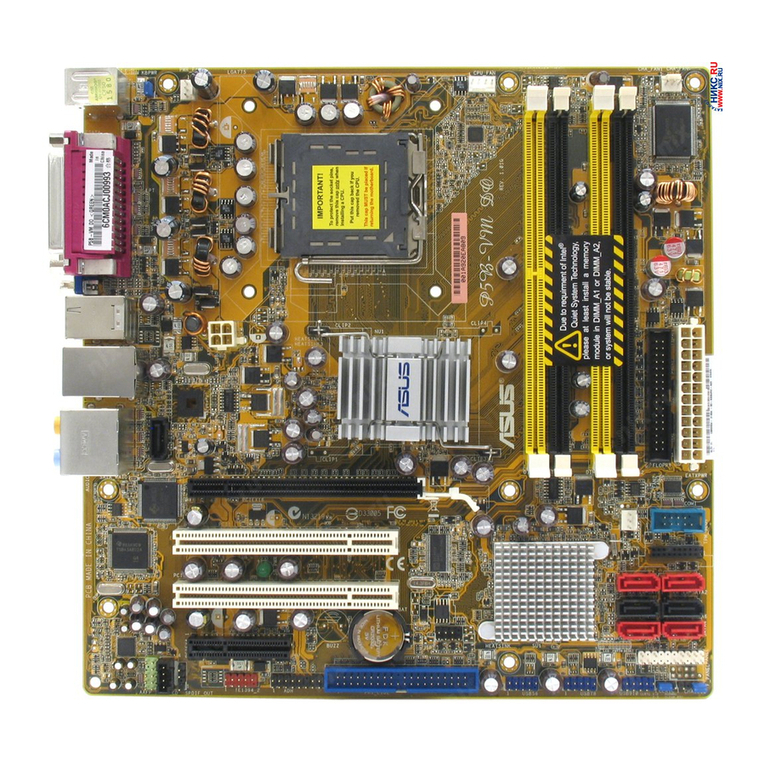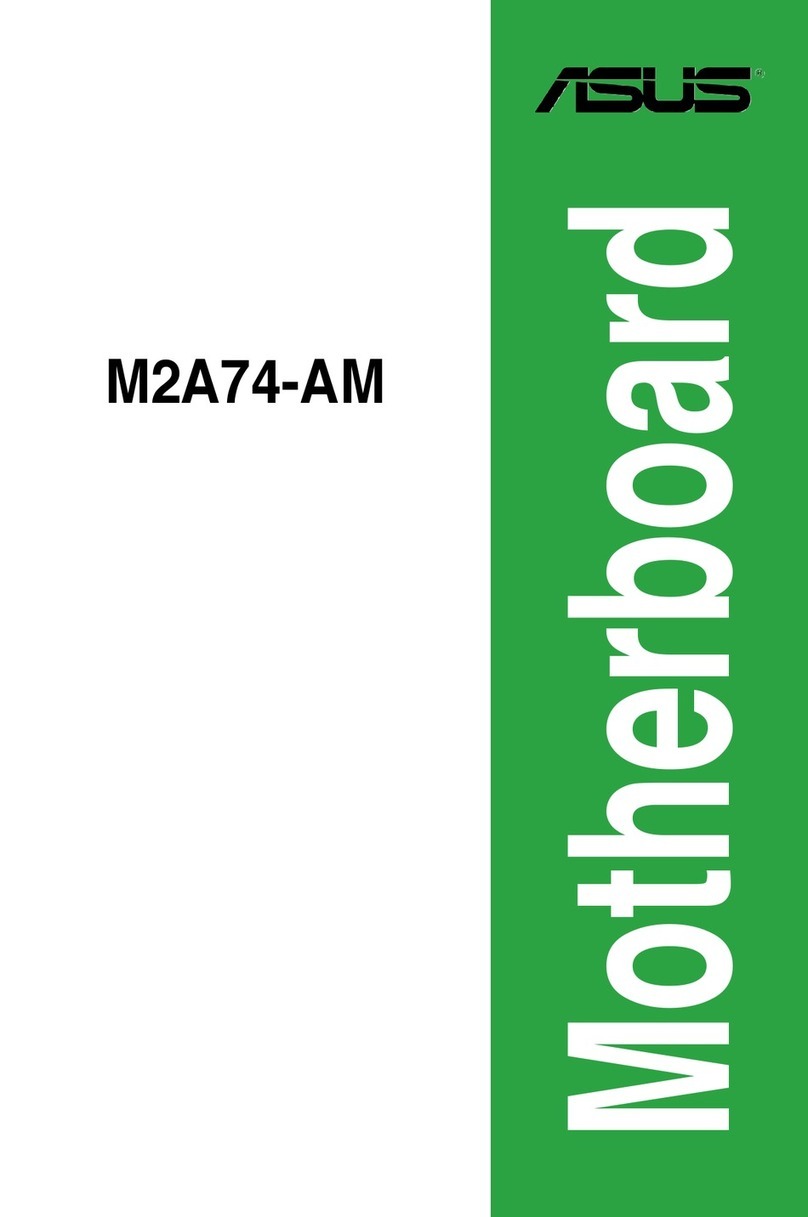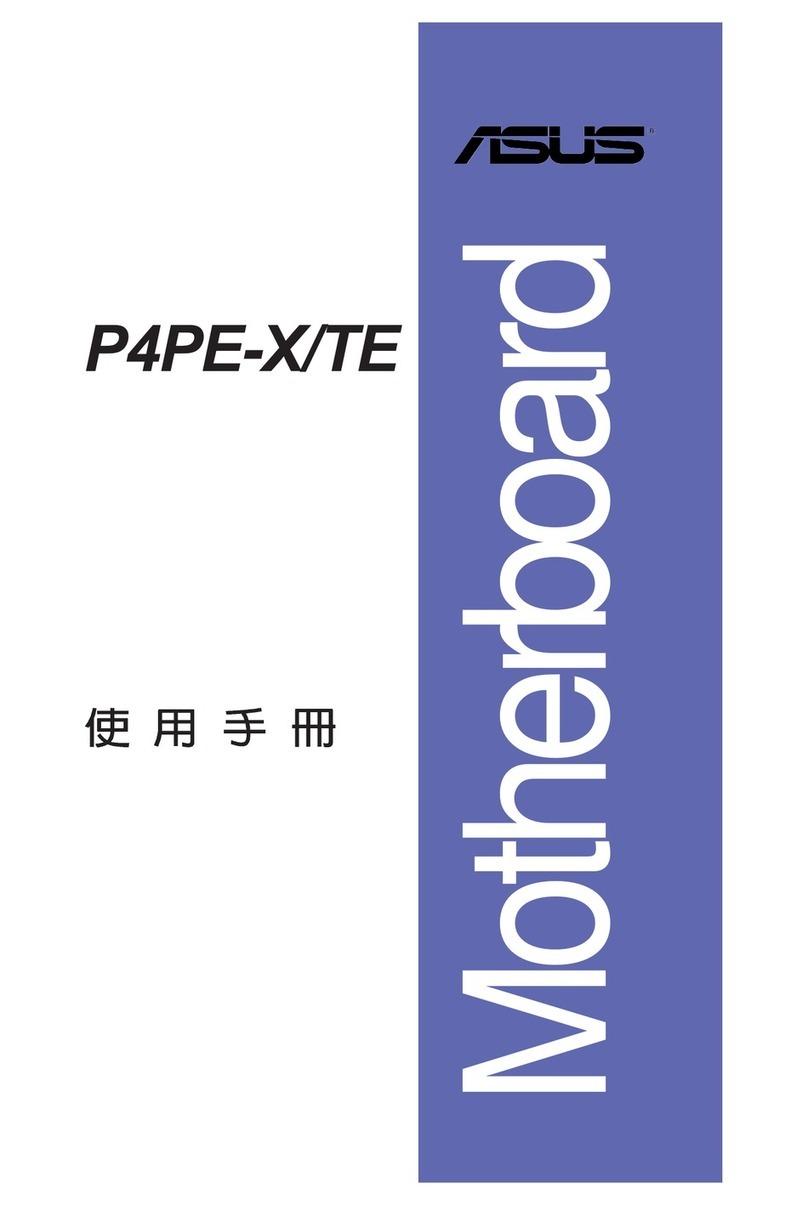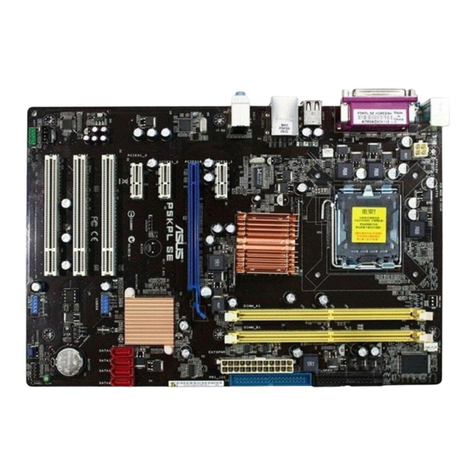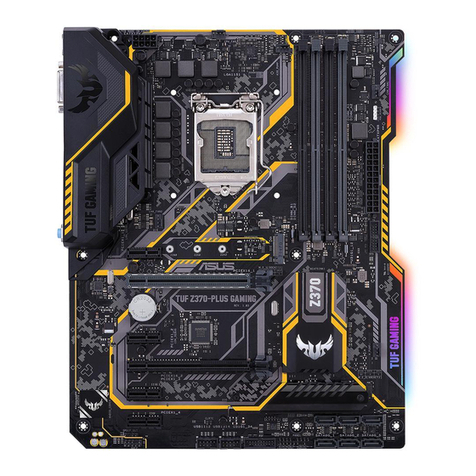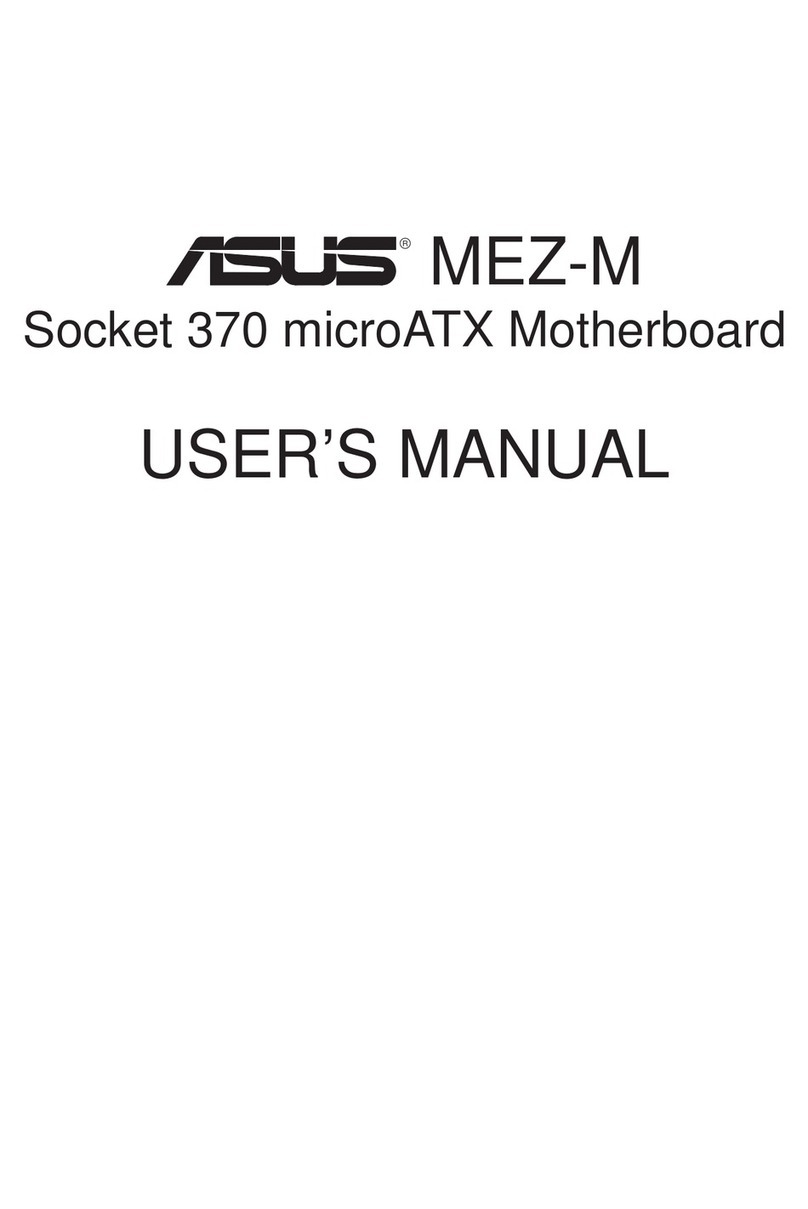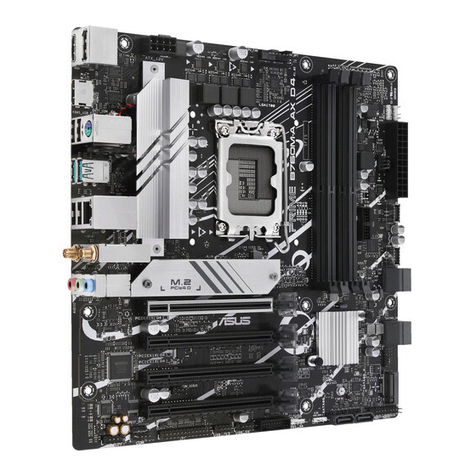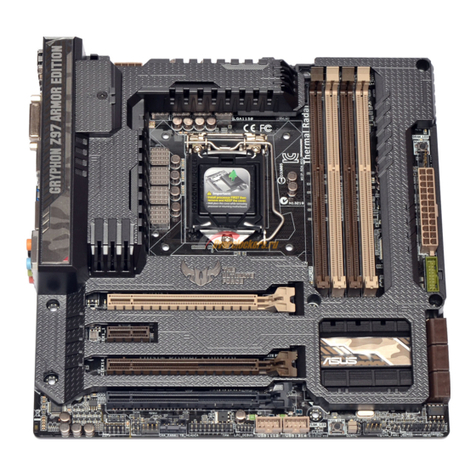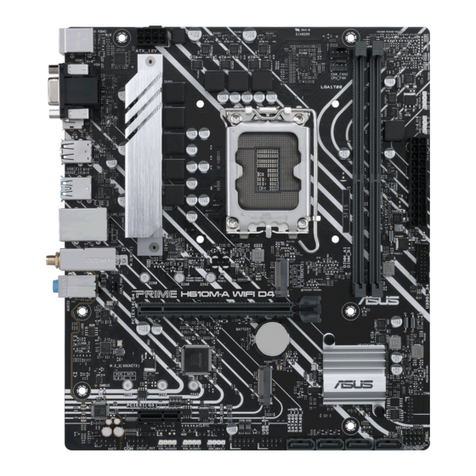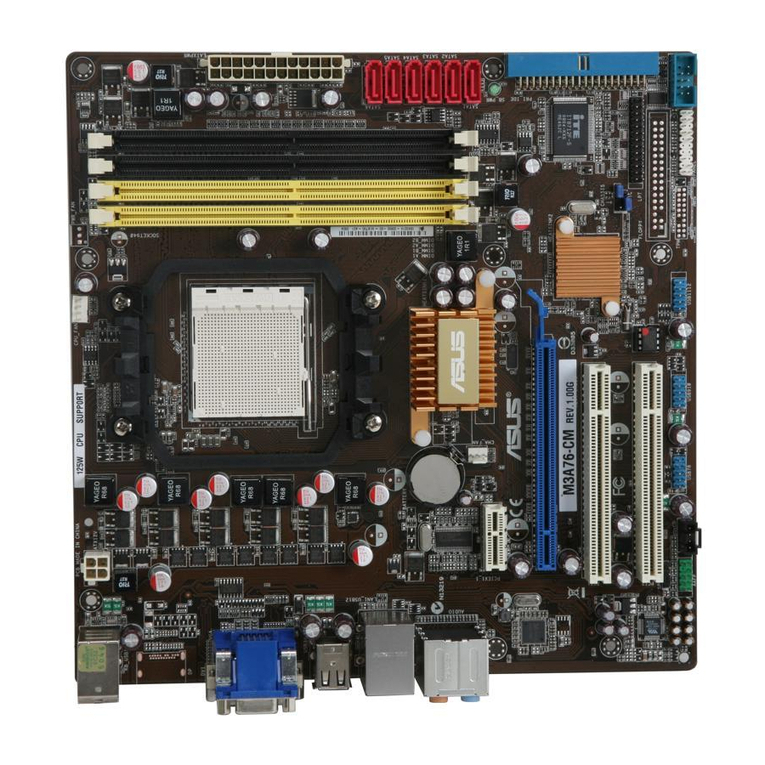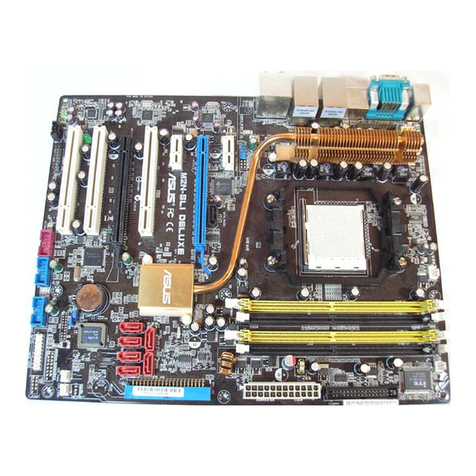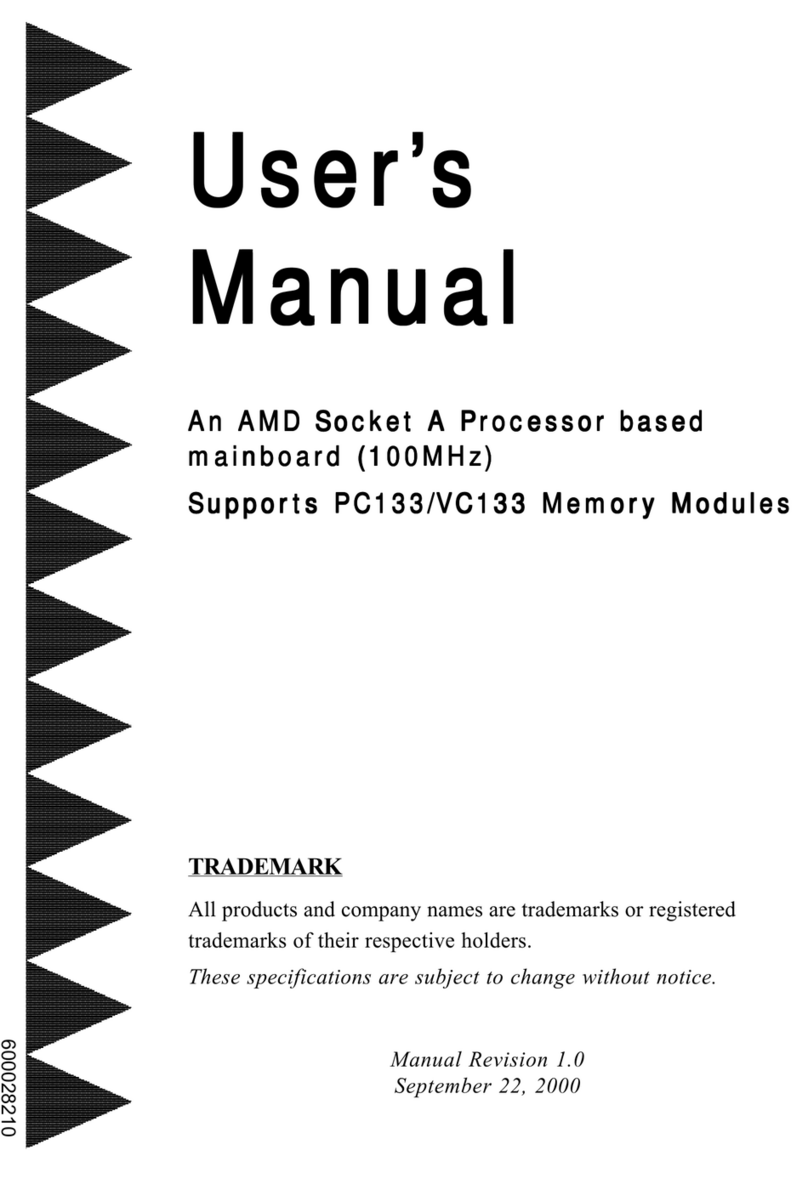
iii
Features
Contents
Notices ...........................................................................................vi
Safety information ......................................................................... vii
About this guide............................................................................ viii
ASUS contact information ...............................................................x
P4P800S-E Deluxe specifications summary ..................................xi
Chapter 1: Product introduction
1.1 Welcome! ........................................................................... 1-1
1.2 Package contents............................................................... 1-1
1.3 Special features.................................................................. 1-2
1.3.1 Product highlights .................................................. 1-2
1.3.2 Value-added solutions............................................ 1-5
1.4 Motherboard overview........................................................ 1-6
1.4.1 Major components ................................................. 1-6
1.4.2 Core specifications ................................................ 1-8
Chapter 2: Hardware information
2.1 Motherboard installation ..................................................... 2-1
2.1.1 Placement direction ............................................... 2-1
2.1.2 Screw holes ........................................................... 2-1
2.2 Motherboard layout ............................................................ 2-2
2.3 Before you proceed ............................................................ 2-3
2.4 Central Processing Unit (CPU)........................................... 2-4
2.4.1 Overview ................................................................ 2-4
2.4.2 Installing the CPU .................................................. 2-5
2.4.3 Installing the heatsink and fan ............................... 2-7
2.4.4 Connecting the CPU fan cable .............................. 2-9
2.5 System memory ............................................................... 2-10
2.5.1 Overview .............................................................. 2-10
2.5.2 Memory configurations ........................................ 2-10
2.5.3 Installing a DIMM ................................................. 2-13
2.5.4 Removing a DIMM ............................................... 2-13
2.6 Expansion slots ................................................................ 2-14
2.6.1 Installing an expansion card ................................ 2-14
2.6.2 Configuring an expansion card ............................ 2-14
2.6.3 PCI slots .............................................................. 2-16
2.6.4 AGP slot............................................................... 2-16
2.6.5 Wi-Fi slot .............................................................. 2-17
2.7 Jumpers............................................................................ 2-18
2.8 Connectors ....................................................................... 2-21




